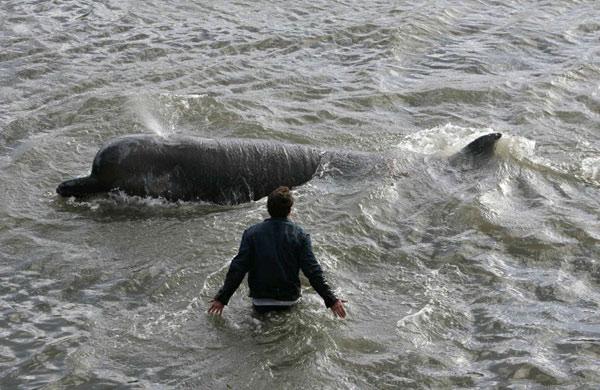-
Tips for becoming a good boxer - November 6, 2020
-
7 expert tips for making your hens night a memorable one - November 6, 2020
-
5 reasons to host your Christmas party on a cruise boat - November 6, 2020
-
What to do when you’re charged with a crime - November 6, 2020
-
Should you get one or multiple dogs? Here’s all you need to know - November 3, 2020
-
A Guide: How to Build Your Very Own Magic Mirror - February 14, 2019
-
Our Top Inspirational Baseball Stars - November 24, 2018
-
Five Tech Tools That Will Help You Turn Your Blog into a Business - November 24, 2018
-
How to Indulge on Vacation without Expanding Your Waist - November 9, 2018
-
5 Strategies for Businesses to Appeal to Today’s Increasingly Mobile-Crazed Customers - November 9, 2018
Want To See Thames Seals? Head To Canary Wharf
Of some 2,723 public sightings, seals were the most commonly spotted, with many of them seeming to enjoy basking around Canary Wharf. This suggests that animals are once again venturing further into London’s waterway.
Advertisement
Barker explained that beneath its waves, the river is actually full of life.
The amount of pollution in the Thames reached significant levels that the river was declared to be “biologically extinct” 50 years ago. “We have a huge range of fish and invertebrates, and also top predators”. It was once the most congested and polluted waterway on the planet.
The research continues, so if you spot a marine mammal on the Thames, ZSL would like you to report it here: Thames Marine Mammal Survey.
Seals and porpoises have been recorded in central London between the Houses of Parliament and the O2 Arena, dolphins have been seen as far upstream as Teddington Lock in West London, and seals spotted swimming past Hampton Court Palace.
There were also 444 porpoises and dolphins sighted in the bends of the capital’s famously murky river, with large pods spotted near to Kew Gardens and Deptford in the south-east.
A whale even visited central London in 2006, but the bottle-nose did not survive.
Barker said that the high number of animal sightings in London suggests that the stocks of fish are also moving in to the area to support these marine mammals.
Scientists at ZSL have used planes and boats to count the number of seals on the Thames annually for the last three years, estimating that there are around 670 harbour seals along the estuary.
“We do think this area is really important”, said Miss Barker.
To further the study, members of the public are asked to send their marine mammal sightings to the ZSL.
Advertisement
“So we think that London and the Thames Estuary is an important environment for these species”. Many of these sightings were reported by people who saw the aquatic mammals from skyscrapers around the city.




























